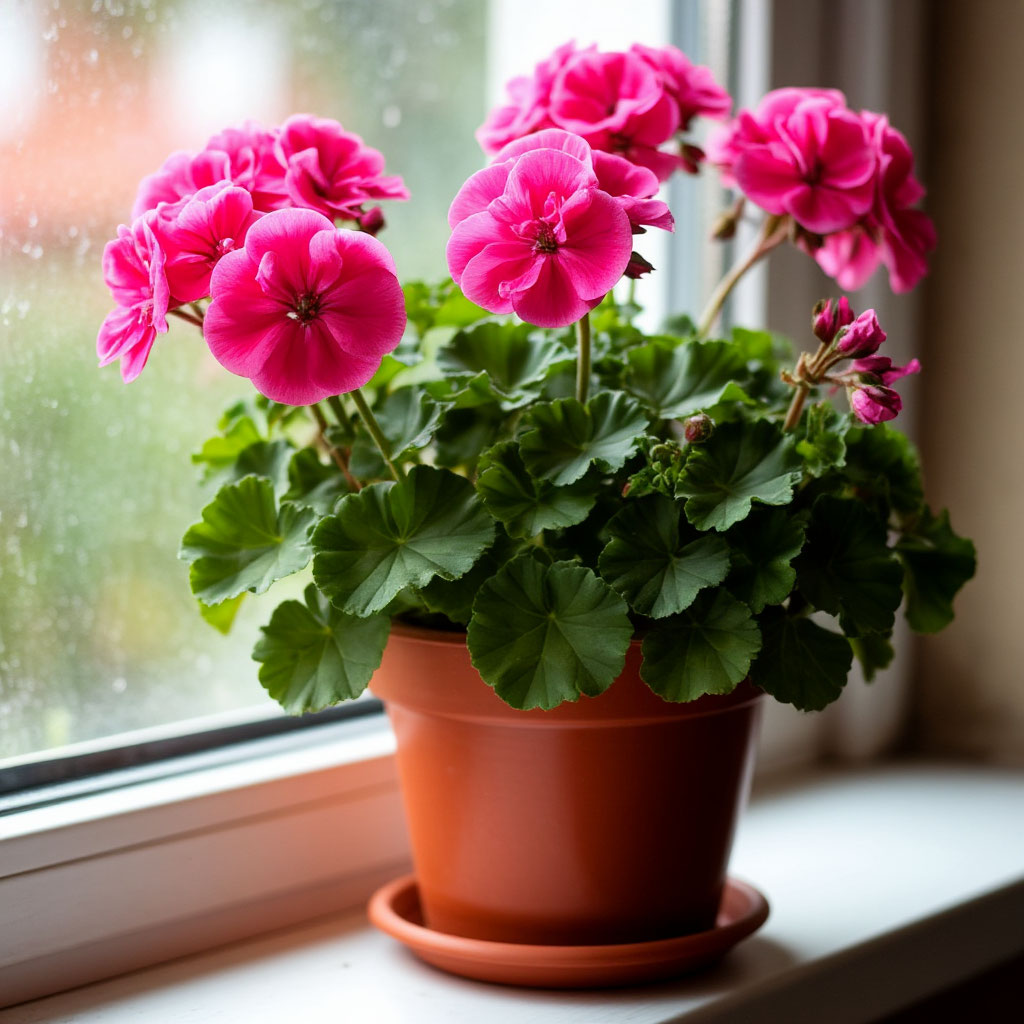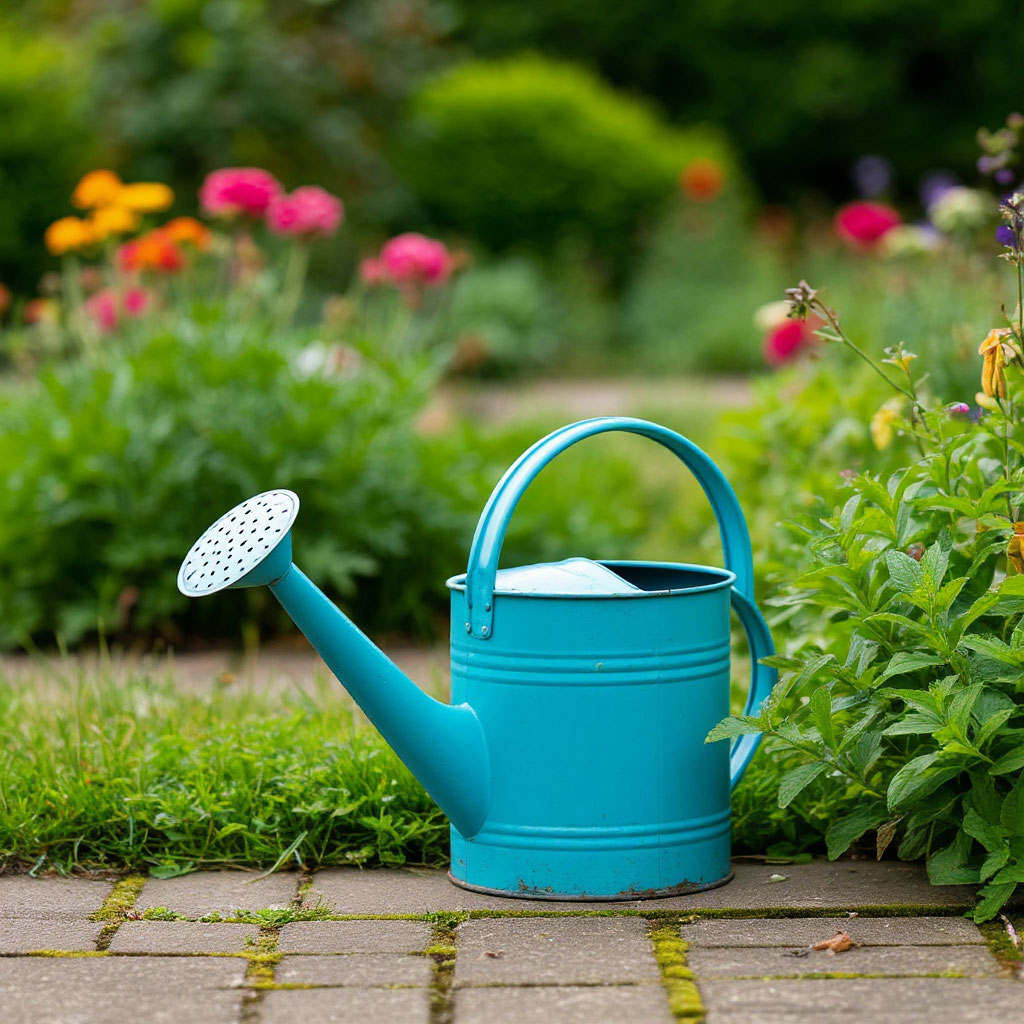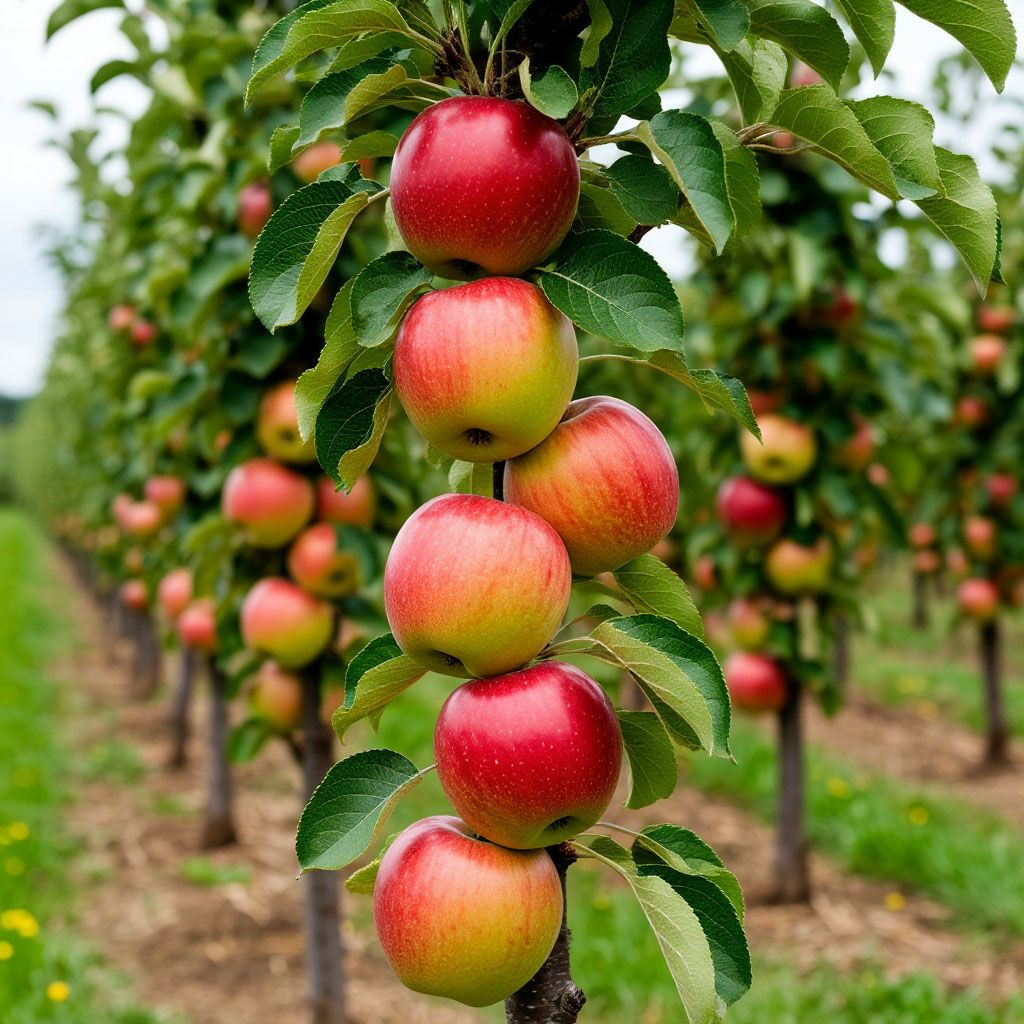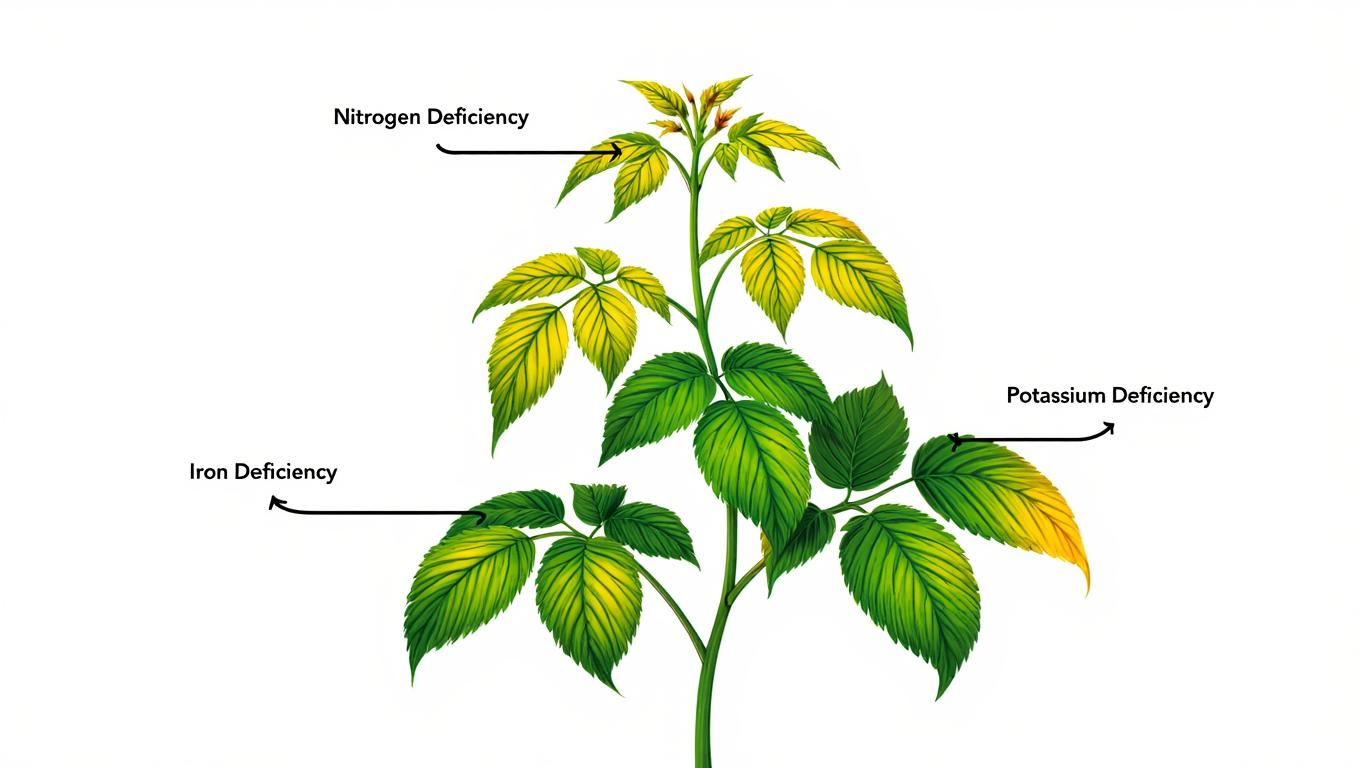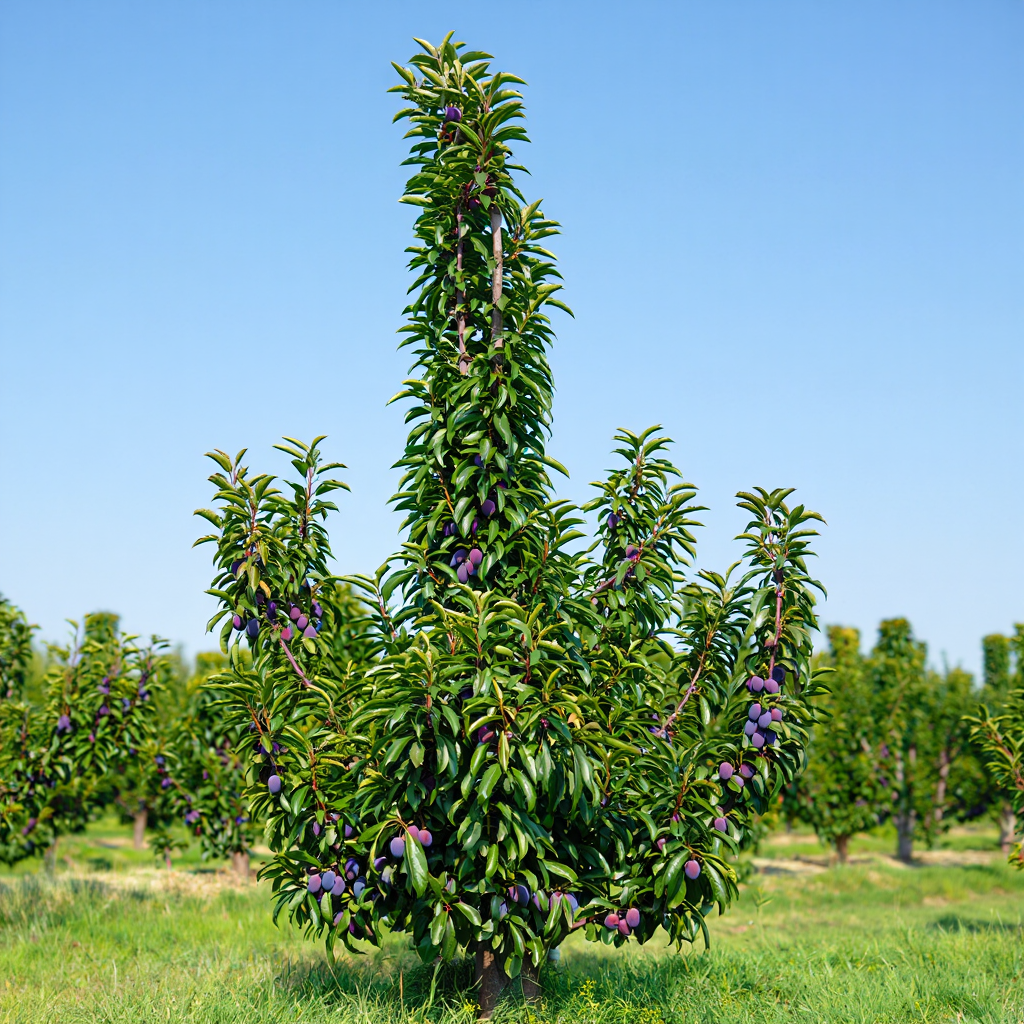Geranium (pelargonium) is one of the most popular indoor plants, which is valued for its bright inflorescences and unpretentiousness. However, many flower growers face a problem: geraniums do not bloom or produce few buds. What kind of care does geranium love, how to achieve lush flowering all year round? To do this, it is important to ensure proper care for geraniums, including proper watering, fertilizing, pruning and choosing the right variety. In this article, we will analyze the main secrets of growing geraniums that will help you enjoy its flowering at any time of the year. And why the leaves of indoor plants turn yellow, you can read here. At the end you can download a checklist in which you’ll find the exact light, pot, soil, watering, feeding, pruning, and overwintering steps — plus a quick feeding schedule — to drive steady geranium blooms.
Geranium care at home
If you want to have beautiful flowers on the windowsill, you need to know exactly how to care for geraniums at home. The plant needs to ensure proper lighting, air temperature, watering and fertilizing.

Lighting
For the full growth of geraniums, bright diffused light is needed. Place the pot with the plant on the south window, if necessary, provide additional lighting with a phytolamp. This is especially true in winter. It is important to avoid direct sunlight in summer, otherwise the leaves can get burned.
Air temperature
The optimal temperature for keeping geraniums can vary from +18°C to +25°C. The plant easily tolerates small temperature fluctuations and short-term cold snaps, but long-term exposure to low temperatures in the future will require additional care for geraniums at home.
Watering system
Proper watering is one of the most important factors in the successful cultivation of geraniums. The plant prefers moderate watering. In summer, water should be regularly, about once a week, waiting for the top layer of soil to dry out. Excess moisture leads to rotting of the roots and death of the plant. In winter, the frequency of irrigation is reduced by half.
Top dressing
Care for geraniums at home involves the use of mineral fertilizers for flowering plants once a month in spring and summer. Make them strictly according to the manufacturer’s instructions to avoid overdose.
Transfer
Repot geraniums every two to three years in the spring. For the procedure, choose pots slightly larger than the previous one. The soil should be loose, fertile and well-drained. A mixture of garden soil, sand and peat is ideal.
Cropping
Be sure to prune geraniums in the fall or early spring, removing weak shoots and wilted inflorescences. This encourages the formation of new buds and improves the appearance of the plant.
These recommendations will help you understand what kind of care geraniums like, how to achieve lush flowering all year round.
Why don’t geraniums bloom?
Many flower lovers don’t understand why geraniums don’t bloom. This is partly due to poor organization of care. There are other reasons for the lack of lush flowering. And why the leaves of indoor plants turn yellow, you can read here.
Diseases and pests
Some diseases and insect pests can significantly weaken the plant, reducing its ability to form flowers. For example, they affect leaves and stems, interfering with normal photosynthesis and metabolism.:
- spider mites;
- whiteflies;
- mealybugs.
Regular prevention and timely treatment will help maintain your health
Plant age and condition
Sometimes the reason why geraniums do not bloom is the age of the plant. Old plants lose their strength to form new flowers, so it is recommended to periodically update the bush by rejuvenating pruning or propagation by cuttings.
Inappropriate pot size
Geranium blooms best when its roots feel a little cramped. When a plant is planted in a large, spacious pot, it spends energy on developing the root system, and not on forming buds. Therefore, transplant geraniums only when the old pot has really become too small.
No rest period
In winter, do not worry about why geraniums do not bloom. She needs some rest at this time of year. Keep the plant in a cool place (+10–+15 reduce the amount of irrigation and fertilization. The absence of a clearly defined dormant period can lead to the fact that geraniums will begin to grow actively, but will not be able to form full-fledged buds.
Frequent plant movement
By moving the geranium from place to place, you create stress for it. Frequent changes in conditions (lighting, humidity, temperature) prevent the plant from stabilizing and preparing for flowering. Try to choose a permanent location and minimize movement.

Top dressing for geraniums
When analyzing geraniums, how to achieve a lush flowering, do not forget about top dressing.
Properly selected fertilizers stimulate budding, strengthen the root system and increase the plant’s resistance to diseases. Let’s consider in detail what, how and when to feed geraniums for maximum decorative effect.
How to achieve lush flowering all year round: choosing a fertilizer
For harmonious development and flowering, feeding geraniums should include three main elements:
- Phosphorus (P) – responsible for the formation of buds and the brightness of flowers.
- Potassium (K) – increases immunity, prolongs flowering.
- Nitrogen (N) – necessary for the growth of greenery, but in excess inhibits flowering.
The optimal NPK ratio for flowering geraniums is 2: 3:3 or 1:2:2.
Best fertilizers for geraniums:
- Mineral complexes for flowering plants (Fertika Lux, Agricola, Bona Forte).
- Potassium monophosphate-ideal for stimulating flowering.
- Wood ash is a natural source of potassium and phosphorus (1 tablespoon per 1 liter of water).
- Iodine solution (1 drop of iodine per 1 liter of water) – enhances budding.
- Potassium humate-improves the absorption of nutrients.
When and how often to feed geraniums
- Spring-summer (the period of active growth and flowering) – every 10-14 days.
- Autumn – reduced to 1 time per month.
- Winter (if the plant is at rest) – top dressing for geraniums is not necessary.
Important! You can only fertilize healthy plants by pre-moistening the soil so as not to burn the roots.
Folk remedies for feeding geraniums
If there are no specialized fertilizers, you can use home remedies:
- Banana peel (rich in potassium) – dry, grind, add to the ground.
- Yeast solution (1 tsp dry yeast + 1 liter water + 1 tbsp sugar) – stimulates growth.
- Eggshells (a source of calcium) – infuse in water for 3-4 days.
Signs of nutritional deficiencies
- Pale leaves, weak growth – lack of nitrogen.
- Lack of flowering, purple shade of leaves – phosphorus deficiency.
- Yellow leaf edges, weak stems – low in potassium.
Timely top dressing for geraniums is the key to its health and continuous flowering. Alternating between mineral and organic fertilizers, you can achieve bright, lush inflorescences all year round!
Pruning geraniums for flowering
One of the most important procedures is pruning geraniums for flowering. It helps to maintain a compact shape of the bush, stimulates the appearance of young shoots and a larger number of buds.
Why do I need pruning?
Pruning is necessary for several purposes:
- Stimulating the formation of new lateral shoots, on which new buds appear.
- Forming a beautiful crown that prevents the lower part of the trunk from being exposed.
- Removal of old, diseased or weak branches that inhibit the development of healthy parts of the plant.
How do I perform pruning correctly?
To get the most out of pruning, it’s important to understand when and how to do it. Timing matters just as much as technique. Each season has its own goals, whether it’s encouraging new growth or preparing the plant for rest. Let’s break down the process step by step.
Spring pruning of geraniums for flowering
Spring pruning is carried out immediately after the end of winter dormancy, usually in late February or early March. This procedure is aimed at preparing the plant for a new season of active growth and flowering.
Procedure of actions:
- Remove old, dried and diseased branches.
- Shorten healthy branches, leaving about a third of the length of each. It is advisable to remove the upper third of the shoot, cutting over the node with the kidney.
- Shape the crown evenly, maintaining a symmetrical shape.
Summer pruning
Summer pruning is carried out after the first stage of flowering is completed. It allows you to remove exhausted flower stalks and give the plant freshness, preparing it for the second stage of flowering.
What to do:
- After the first flowers wither, carefully cut off the tops of the flower-bearing branches.
- Remove dry, damaged or weak shoots.
- Stop at a height of 5-7 cm from the surface of the soil, leaving strong buds.
Autumn pruning of geraniums for flowering
In autumn, the final procedure for preparing the plant for winter dormancy is carried out. The main purpose of autumn pruning is to remove excess branches and prepare the plant for the transition to the dormant phase.
Sequence of actions:
- Reduce the length of the shoots by half, keeping only the strongest branches.
- Reduce the height of the bush by shortening the side branches, allowing free air circulation inside the crown.
- Keep the lower healthy branches, creating a foundation for future development.
- Tips for post-pruning care
- Move the plant to a room with good lighting and optimal conditions.
- Ensure a moderately warm climate (approx.+18–+20 degrees).
- Limit the use of nitrogen-containing fertilizers, giving preference to potash top dressing.
Check regularly for pests and take timely protective measures.
Following these simple recommendations, you can achieve regular and lush flowering of your geraniums, decorating the interior with it all year round!

The best varieties of indoor geraniums
Indoor geranium is a favorite plant of many gardeners and lovers of ornamental crops. Among the many varieties, there are several species that are distinguished by bright flowering, resistance to diseases and ease of care.
Royal Geranium
This variety is distinguished by large double flowers of various colors: pink, white, red, lilac. It is characterized by a lush flowering and the ability to maintain the attractiveness of flowers for a long time. Suitable for interior decoration and balcony compositions.
Features:
- The flowers are large, up to 10 cm in diameter.
- The leaves are decorative, with slightly wavy edges.
- Resistant to dry indoor air.
English Geranium
It is known for its rich red flowers with a velvety hue and a pleasant aroma. It is well suited for hanging planters and balcony flowerpots.
Features:
- The bush is of medium height (up to 30 cm).
- It forms a dense bouquet of bright red flowers.
- It is easily propagated by cuttings.
Miniature geranium
Ideal for small spaces and window niches. This variety is distinguished by small leaves and small fragrant flowers of various shades.
Features:
- Compact plant size (15-20 cm tall).
- Lush flowering with small but numerous flowers.
- It can be grown in miniature pots.
Lavender Geranium
A popular variety among collectors due to the unique lavender-purple color of the petals and bright green, jagged edges of the leaves.
Features:
- Small, elegant purple flowers.
- Pronounced lemon smell of leaves.
- Good combination with other plants in the compositions.
Aromatic geranium
The peculiarity of this variety is the intense pleasant citrus aroma emanating from the leaves. Perfectly complements collections and home greenhouses.
Features:
- Beautiful white or cream flowers with a slight pink tinge.
- Fragmented, light green dense leaf cover.
- It is used in perfumery and cooking.
Geranium is a fragrant plant that can bloom almost all year round. The main thing is to follow the basic rules: provide good lighting, moderate watering, and timely top dressing and pruning. If geraniums don’t bloom, analyze their conditions and make adjustments. By following these tips, you can enjoy the bright colors of geraniums in your home at any time of the year!
Bloom smarter — snag the checklist: CD Geraniums: Lush Blooming — Checklist (PDF).
